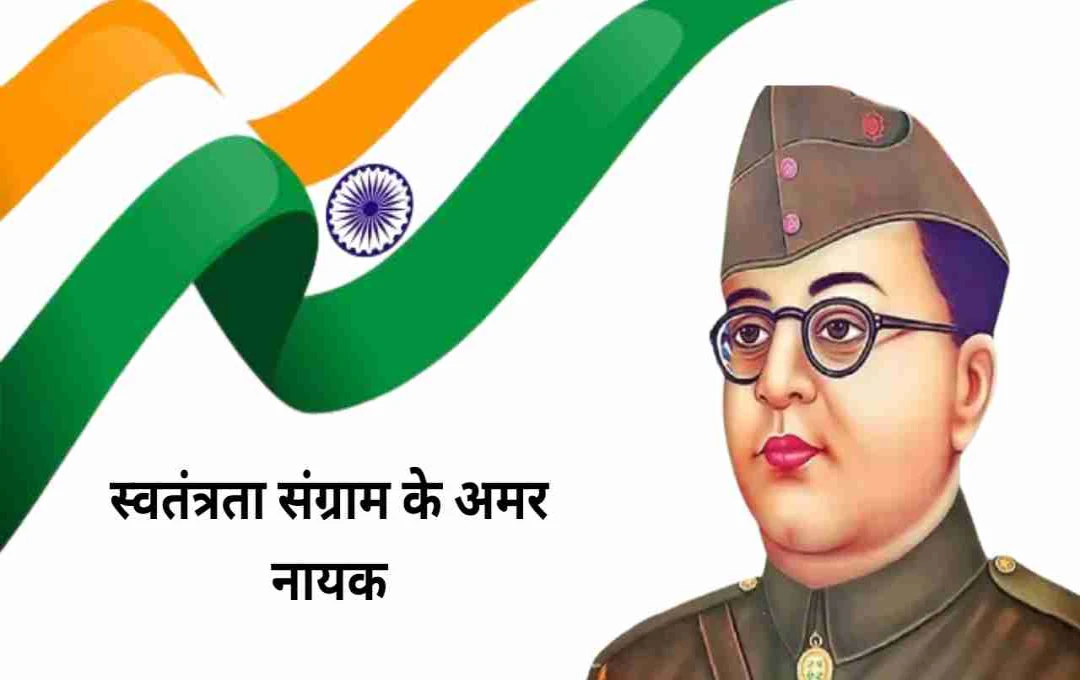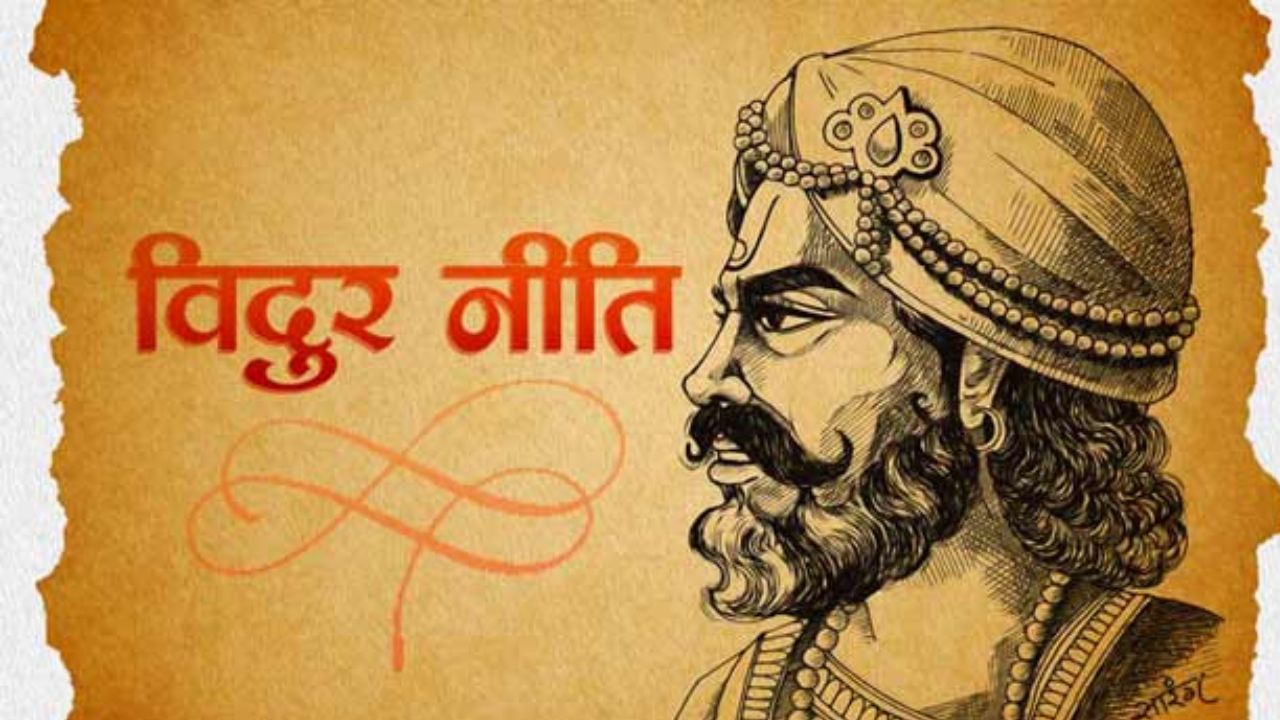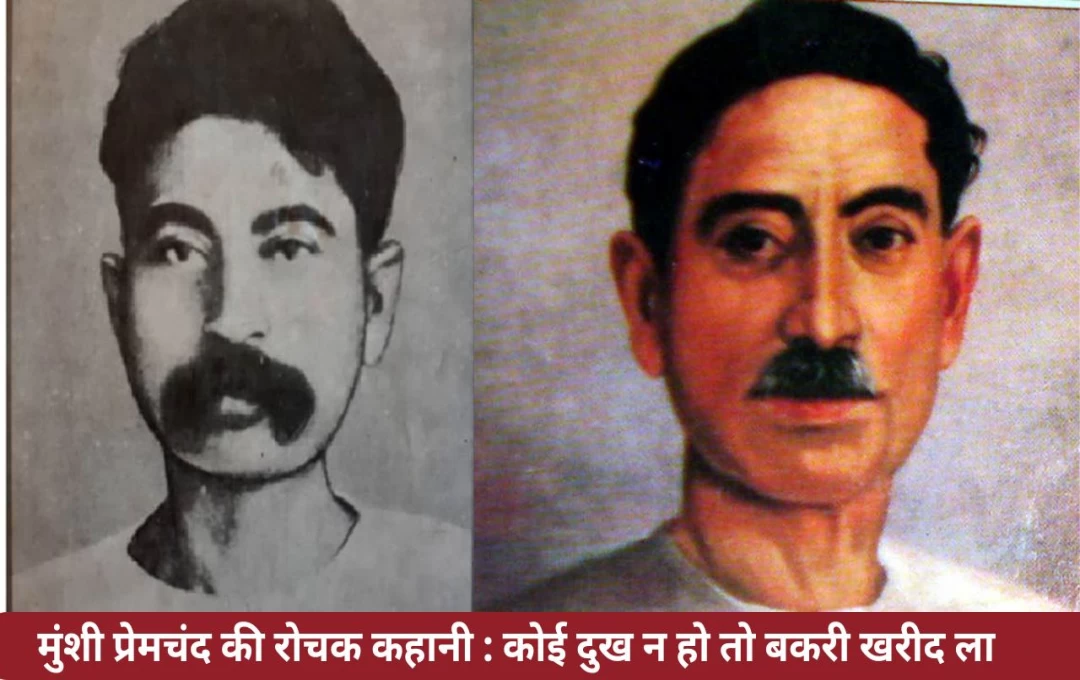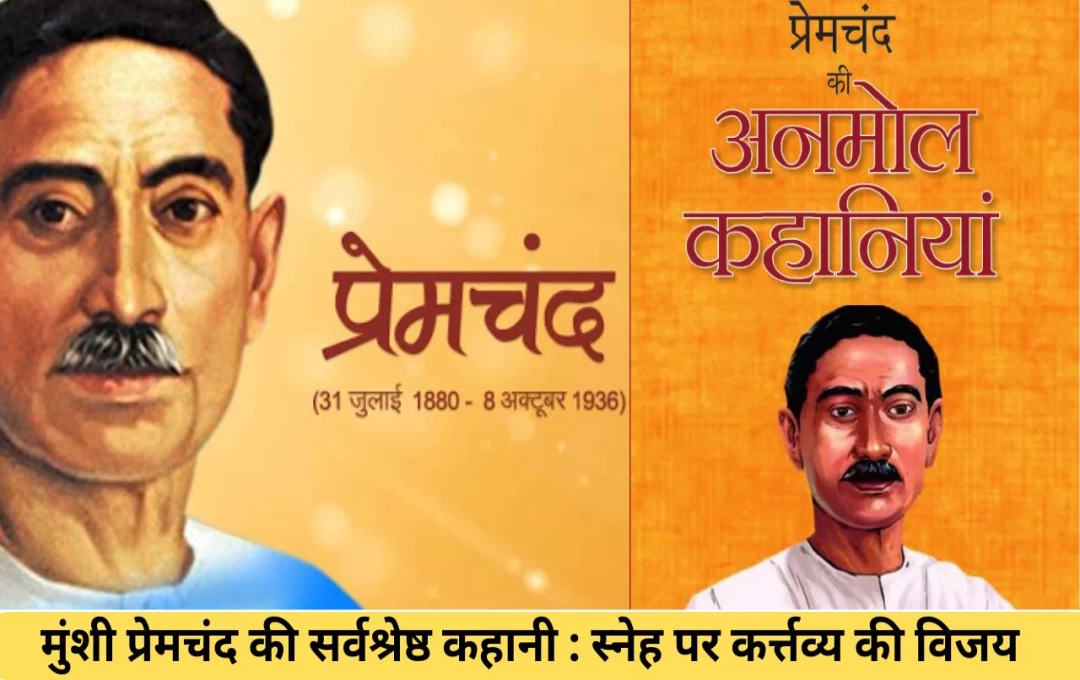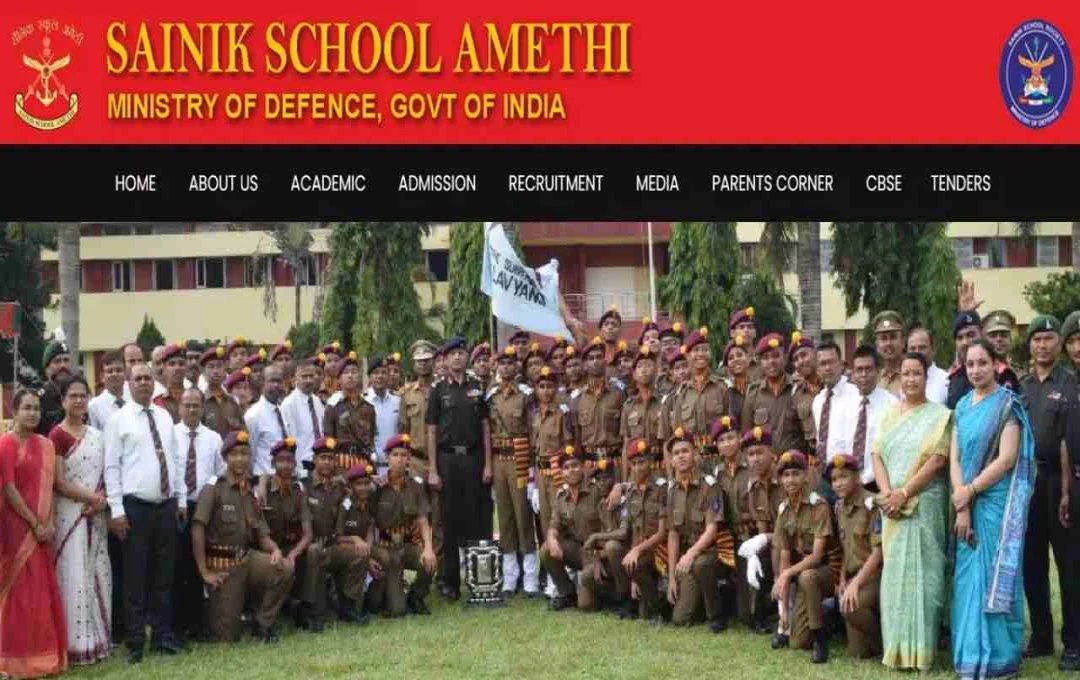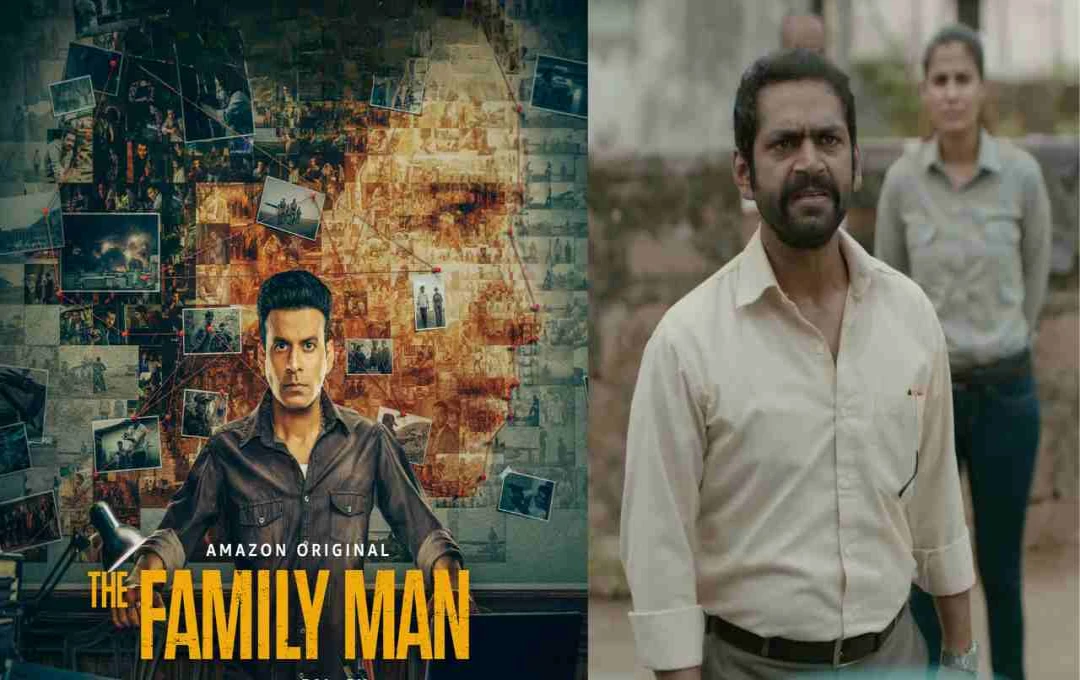Netaji Subhas Chandra Bose was one of India's greatest freedom fighters. His spirit, leadership, and patriotism continue to inspire every Indian. His famous slogan, "Give me blood, and I will give you freedom," still evokes a sense of patriotism. Every year, January 23rd, his birth anniversary, is celebrated as "Parakram Diwas." Let's delve into his life, struggles, and contributions.
Subhas Chandra Bose's Birth and Early Life
Netaji Subhas Chandra Bose was born on January 23, 1897, in Cuttack, Odisha. His father, Janakinath Bose, was a renowned lawyer who held the title of 'Rai Bahadur.' His mother's name was Prabhavati Dutt Bose. Subhas received his early education at the Protestant European School in Cuttack (now Stewart High School). He later graduated from Presidency College, Calcutta.
At the young age of 16, Subhas Chandra Bose was deeply influenced by the teachings of Swami Vivekananda and Ramakrishna Paramahamsa. These ideals instilled in him a sense of patriotism and service.
His parents desired him to become a government official. Therefore, they sent him to Cambridge University in England, where Subhas passed the Indian Civil Service (ICS) examination. However, witnessing the rising nationalist fervor in India in 1921, Subhas refused to serve under the British, resigned from the ICS, and returned to India. This marked the beginning of his revolutionary journey.
Joining the Indian National Congress and Contribution to the Freedom Struggle

After returning to India, Subhas Chandra Bose participated in the Non-Cooperation Movement alongside Mahatma Gandhi and other leaders. He launched the Swaraj newspaper and also took part in the Quit India Movement.
In 1938, Subhas Chandra Bose won the election for the President of the Indian National Congress. However, his views differed from Gandhiji's, leading to disagreements within the party. Subsequently, Netaji left the Congress and formed a new organization called the Forward Bloc.
Formation of the Azad Hind Fauj
- Netaji's most significant and historic step towards India's independence was the formation of the Azad Hind Fauj (Indian National Army - INA).
- During World War II, Japan occupied several regions of Southeast Asia. By uniting Indian prisoners of war, Rash Behari Bose and General Mohan Singh laid the foundation of the 'Azad Hind Fauj'.
- In 1943, Subhas Chandra Bose reached Japan from Germany and took command of the Azad Hind Fauj. Following this:
- On October 21, 1943, Netaji established the 'Arzi Hukumat-e-Azad Hind' (Provisional Government of Free India).
- Netaji hoisted the Indian flag on the Andaman and Nicobar Islands.
- With the slogan 'Chalo Dilli' (March to Delhi), the Azad Hind Fauj marched towards India.
- The Azad Hind Fauj also included a women's regiment, the Rani of Jhansi Regiment, commanded by Captain Lakshmi Swaminathan.
Netaji's Death
On August 18, 1945, news of Netaji's death in a plane crash in Taiwan emerged. However, his death has remained shrouded in questions. Some believe that Netaji did not die and lived in secrecy. Even after his death, India will never forget his contributions.
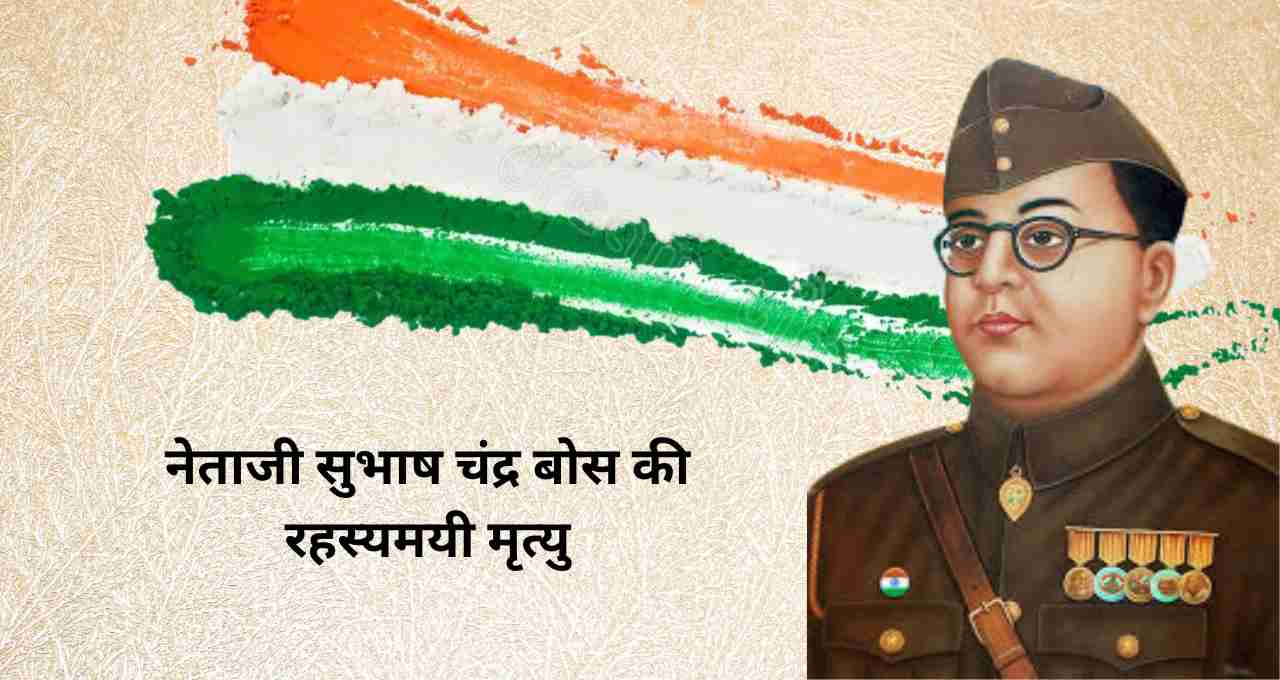
Netaji's Contributions
Netaji Subhas Chandra Bose made significant contributions to the Indian independence struggle. He not only formed the Indian National Army but also included women in the army, creating the Rani of Jhansi Regiment. His famous slogan, "Give me blood, and I will give you freedom," continues to resonate in the hearts of Indians. This slogan reflects his patriotism and spirit of struggle.
Netaji Subhas Chandra Bose was a leader who dedicated every moment of his life to India's freedom. His courage, sacrifice, and patriotism will forever remain alive in our hearts. Whenever we speak of independence, Netaji's name is remembered with respect.
